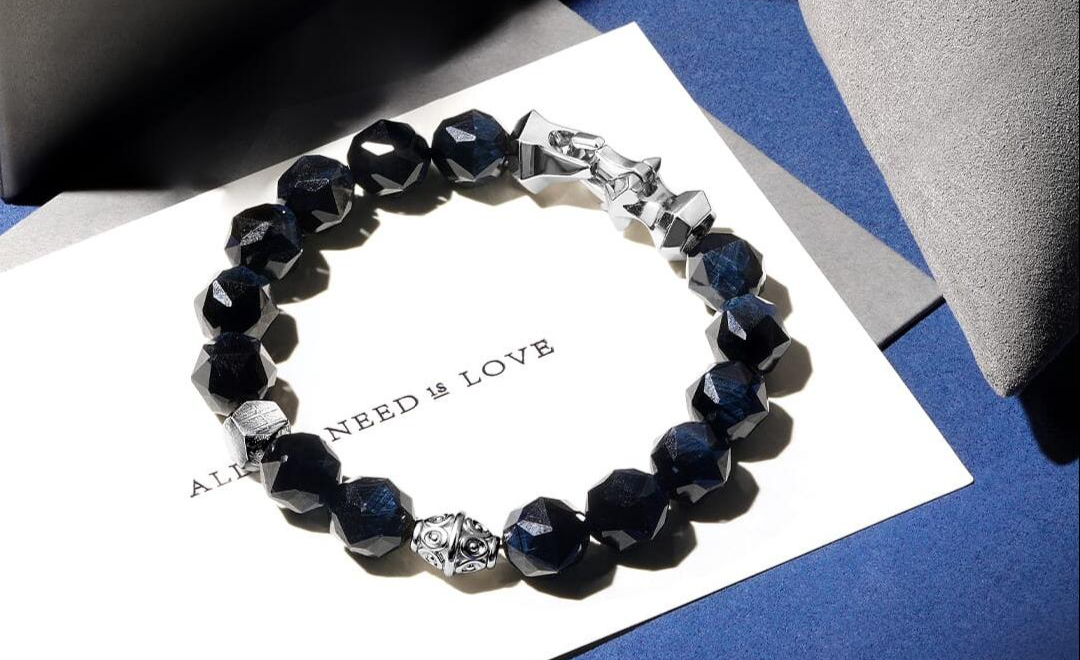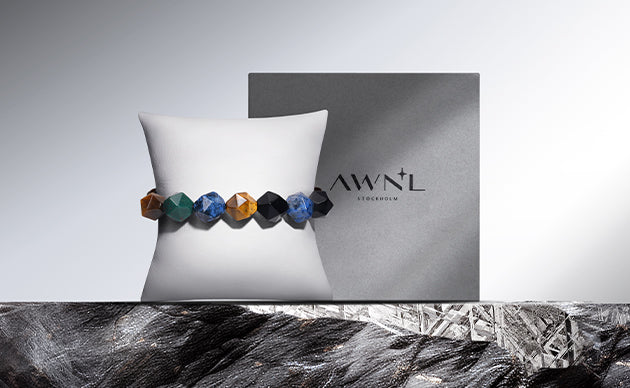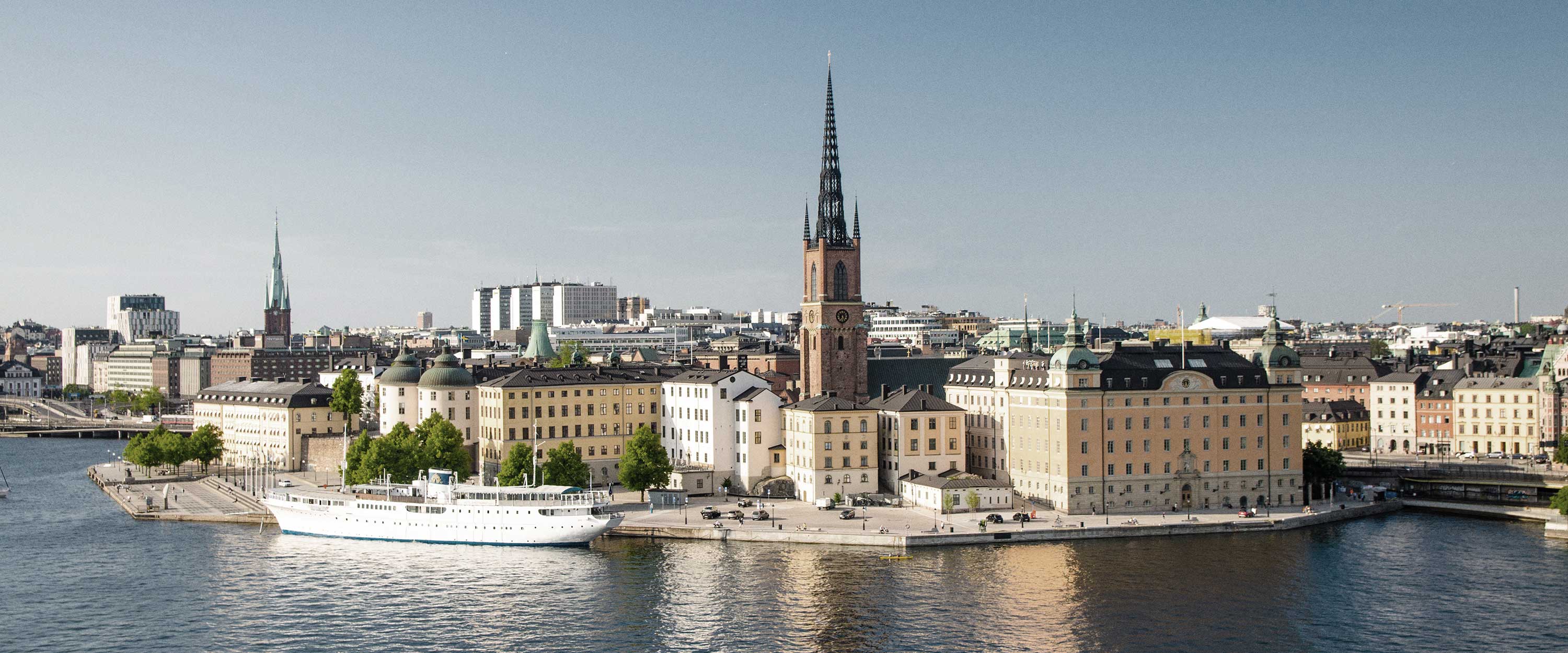
A Brief History of Scandinavian Jewelry
The history of Scandinavian jewelry is fascinating, steeped in tradition and artistry that has stood the test of time. While some may view Nordic jewelry as expensive and crude, there is beauty and timelessness to these pieces that have captured the hearts of heirloom jewelry lovers around the world.
One reason for the high cost of Nordic jewelry is the relatively high living cost of locals, combined with the sparse population, which naturally leads to high labor costs. Factors such as processing efficiency, supply chains, and jewelry design also play a significant role in markup. This is evident in Stockholm, where it is common to see second-hand American jewelry sold by weight, highlighting the fact that Nordic countries lack metal resources. Finding a dozen silver rings in the Danish antique market can take months of scouring.
Crude is another stereotype often associated with Nordic jewelry, perhaps due to its association with the Vikings. These masculine warriors were known for their silver helmets and heavy armor, and they were also obsessed with making jewelry using bronze, brass, silver, and gold. This craftsmanship dates back to 800 BC and has grown more impressive.
Viking beading, typically made of amber or glass, was the most common ornament found on necklaces. Raw materials like glass were usually imported from Western Europe. Because each piece was handcrafted, none were identical. While glazed beads are now more commonly used, archaeological evidence from Viking tombs suggests that these ornaments were rare. Even Viking ornaments with beads usually only had one, two, or three beads at most. These beads could be worn alone or with other pendants, such as Thor's hammer, which was suitable for beading on both sides. The rarity of multiple beads on a single item suggests that they were considered precious and rare, symbolizing a person's wealth and social status.
Despite its stereotypes, Nordic jewelry is a testament to the artistry and tradition that has been passed down through generations. Its timeless beauty continues to captivate and inspire those who appreciate jewelry as both art and history.
















